complete catalog on: http://nice-antiques.com/levin/ JOSEPH LEVIN Crossing the 20th century (Saint Petersburg 1894- Mazan 1979) Joseph Levin was born in St. Petersburg in 1894. After the gymnasium course, he attended the Imperial Institute of Painting, headed by Roerich. His teachers are Resberg, Moscovici, Navozov and Fimon. · Then he went to New York, where the oldest of his brothers had lived since 1905 and where Joseph attended the National Academy of Drawing. · In February 1917 he learned that the revolution had begun in Russia, he returned to Petrograd and worked in the workshop of Resberg, his former teacher. Then in October, Levin leaves Petrograd and goes to Moscow. In 1919 he met the poet Sergei Essenin, the friend of his brother Vaniamin. In Moscow he frequented the painter Larionov and the entire group of the Russian avant-garde, he was won over and adhered to the Imaginist Manifesto published by Essenin. · In 1920 he went to Cita, in the Far East, where he learned about the fresco technique and won a competition to decorate the walls of the recreation room at the University of Penza. · In 1922 he made a trip to China. He exhibits his paintings in Tianjin. The study of Chinese calligraphy increases the graphic character of his art. · Levin returned to Moscow in 1923, reconnected with S. Essenin, who arrived from Paris with Isidore Duncan. When Essenin died, Levin watched over the remains during transport to Moscow and made portraits of them, the original of which is in the Museum of Literature in Moscow. · In 1926, he obtained a visa for a trip to Paris, where he remained until 1935. During his Parisian years he had a workshop on rue Baillou in Montparnasse where, in addition to paintings, he designed costumes and sets for Russian singers and ballerinas. · In 1935, he moved to New York and opened a workshop in Greenwich Village. There he produced a series of lithographs. His painting evolves towards abstract language. He develops his idea of the representation of centrifugal force, symbol of the Universal Movement which he calls “Super-conscientilism”. From 1950 until 1967 he exhibited his painting in Paris, London, Amsterdam and in several American cities between New York and Washington. · He returned to Moscow in 1969 with an exhibition at the Museum of Literature. · In 1970 he settled permanently in Paris with his wife Bettina who has shared his life for 43 years. In January 1979 at the Grifo Gallery in Rome he organized an anthological exhibition “Sixty Years of Painting.” He lived his last years in Mazan (Avignon) and died in 1979. Joseph Levin was also a writer and poet. By Augusto Callegari







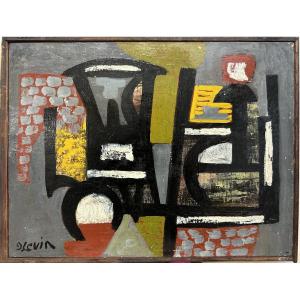





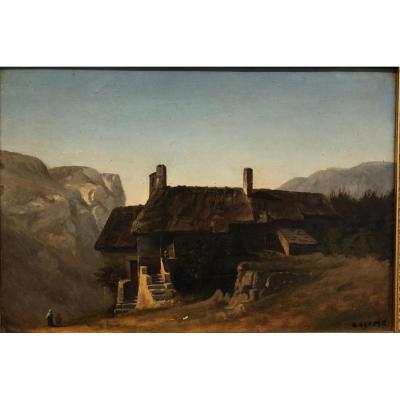
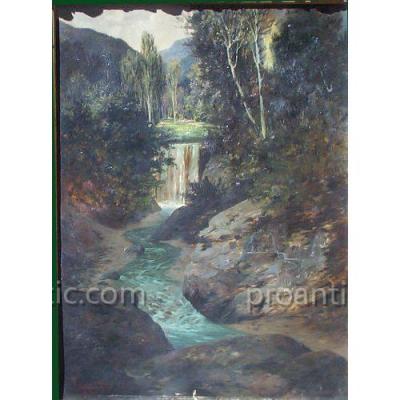


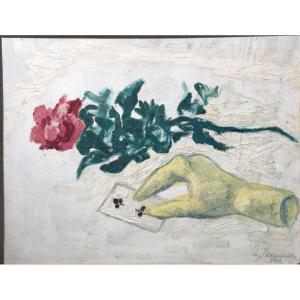
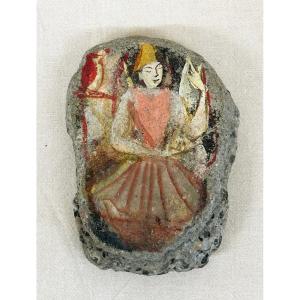

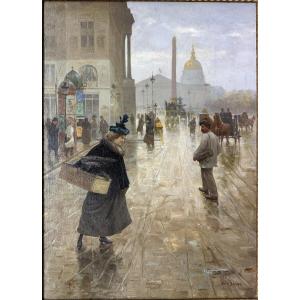
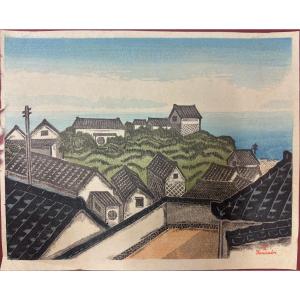
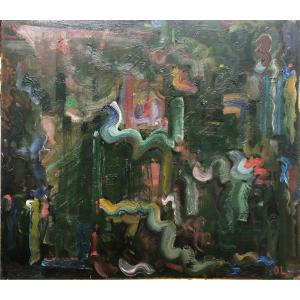
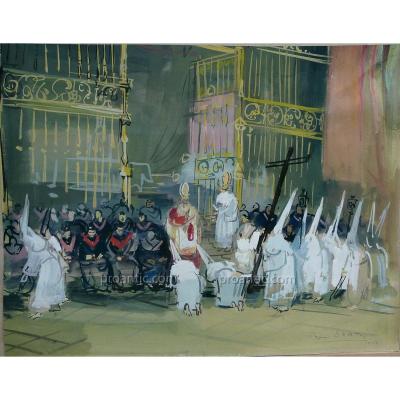




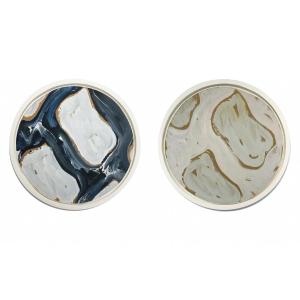
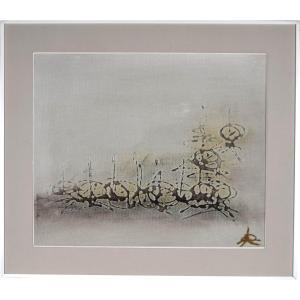
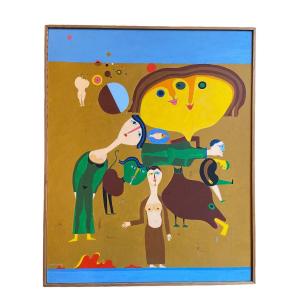
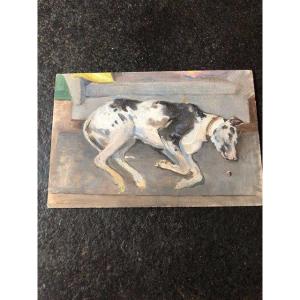




 Le Magazine de PROANTIC
Le Magazine de PROANTIC TRÉSORS Magazine
TRÉSORS Magazine Rivista Artiquariato
Rivista Artiquariato